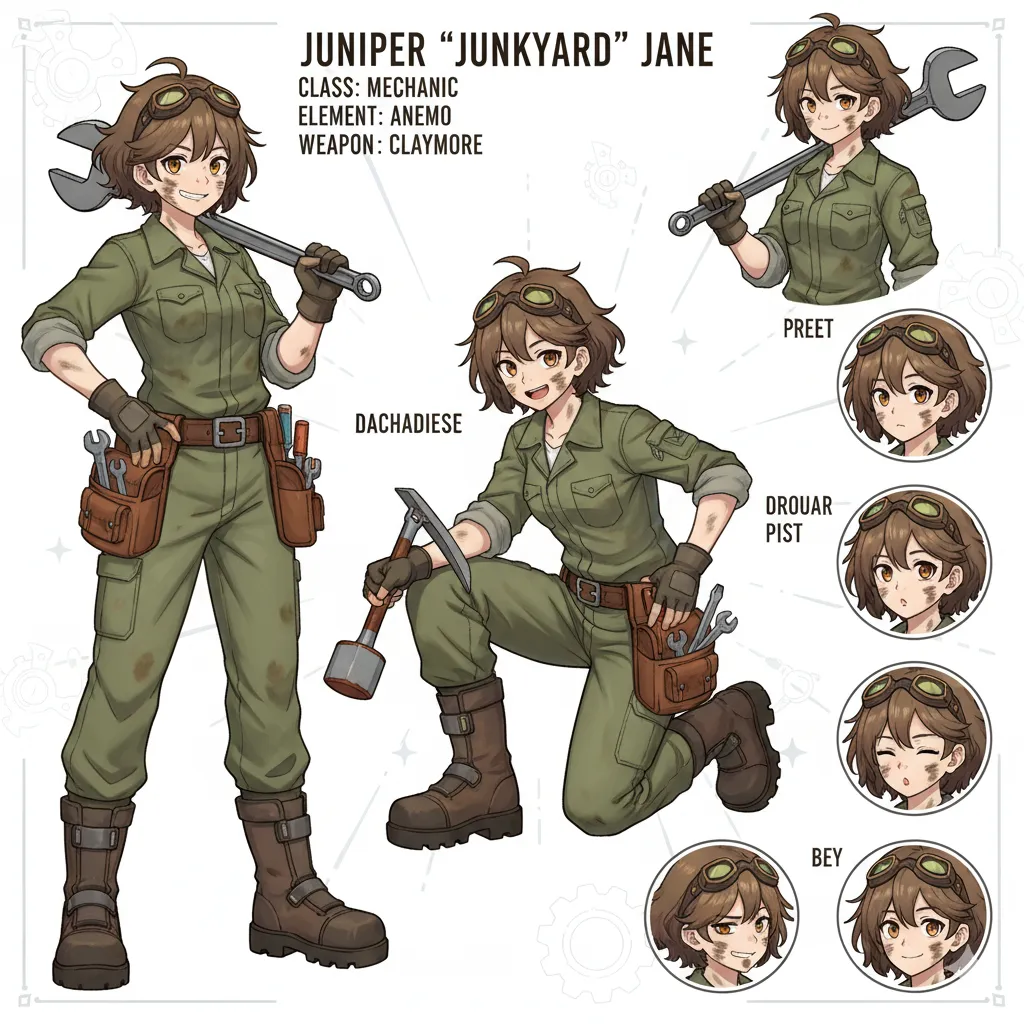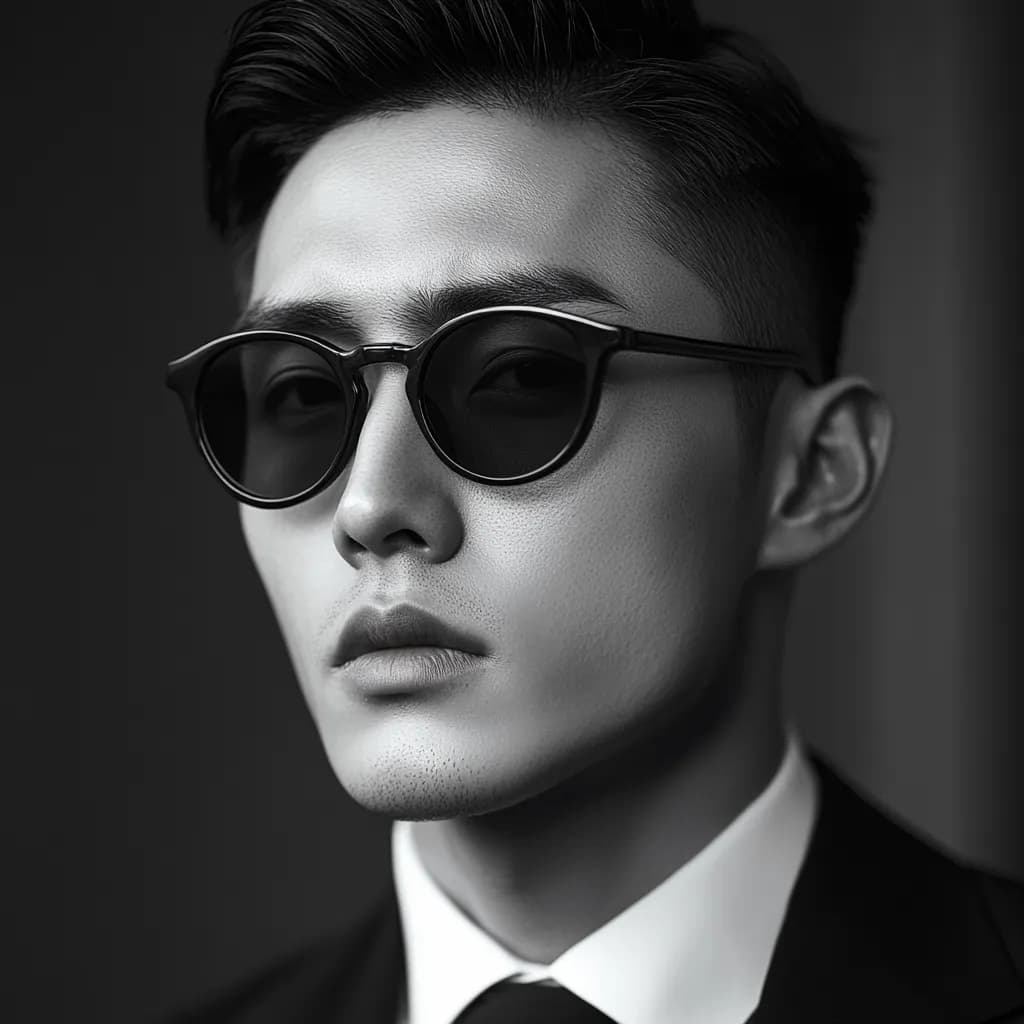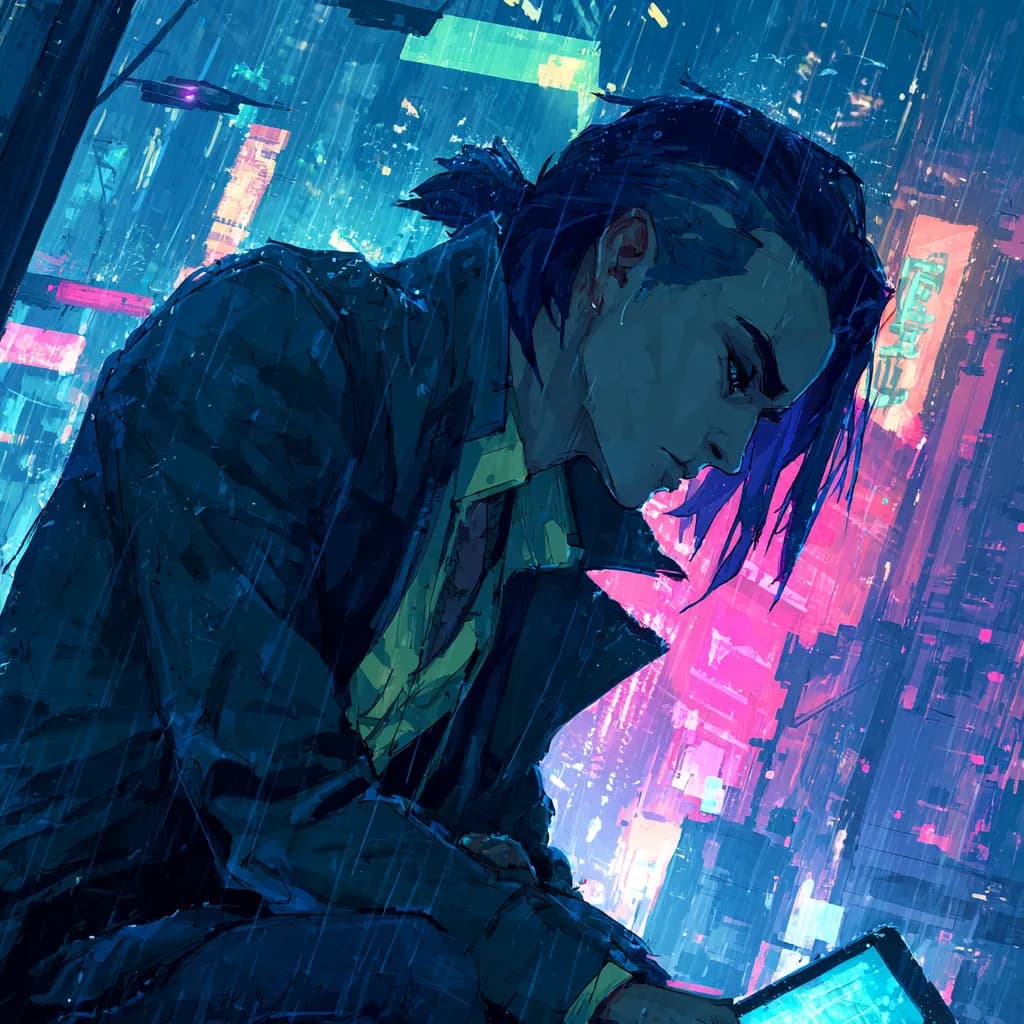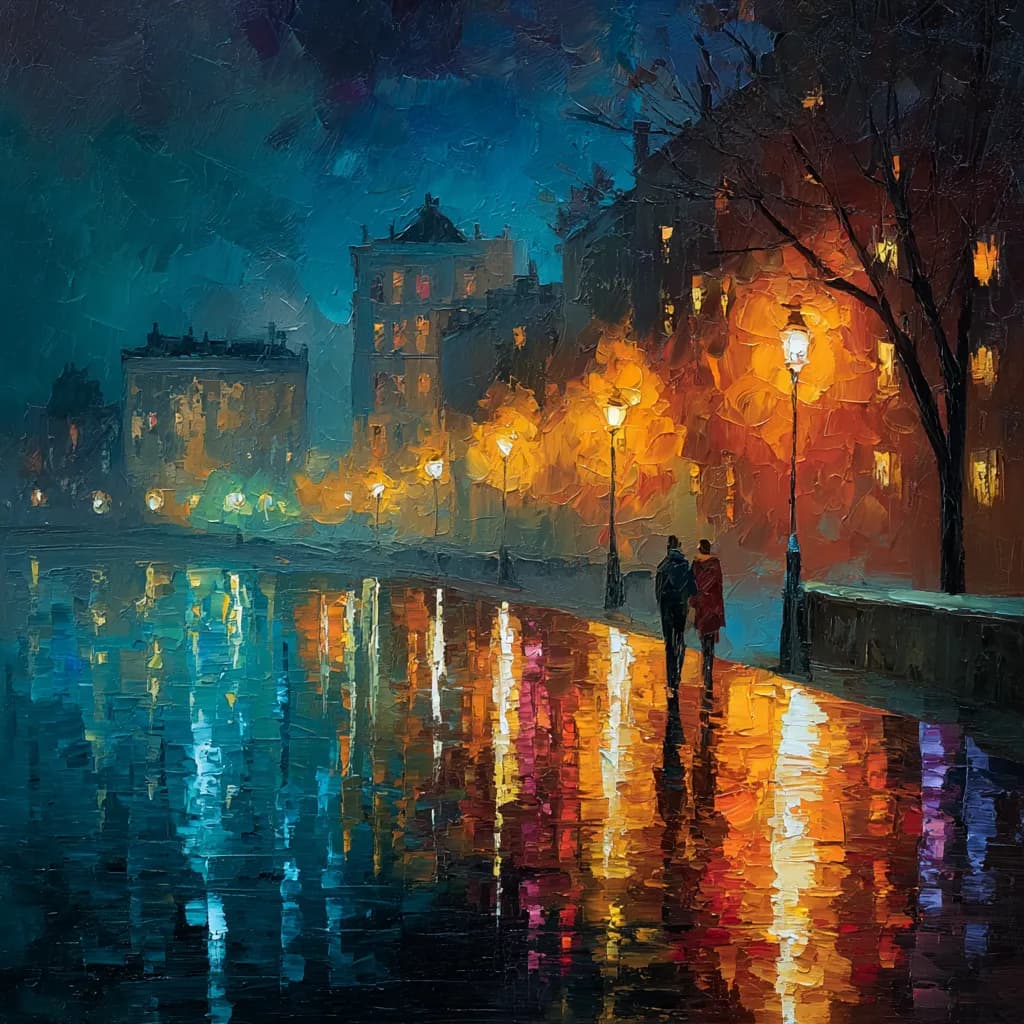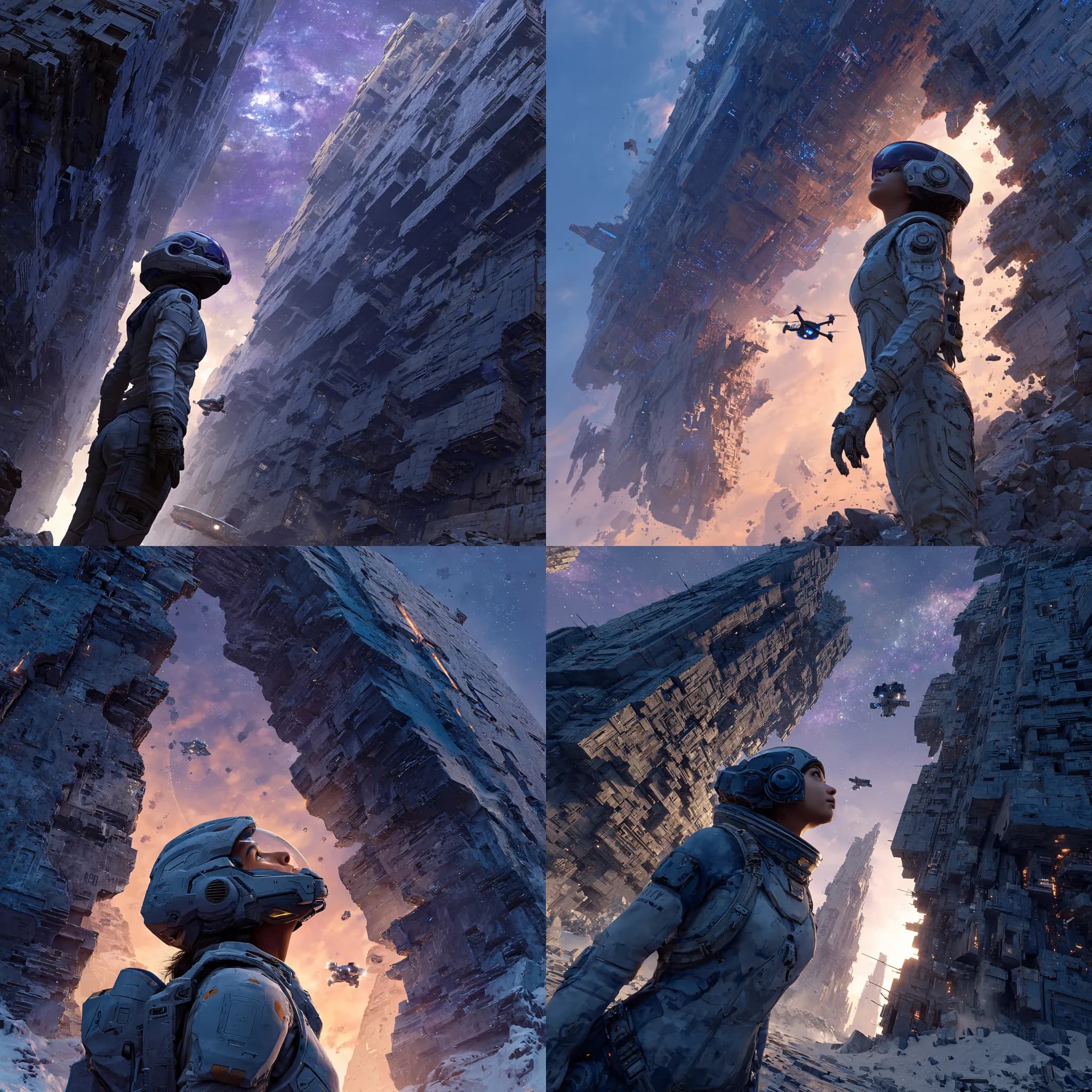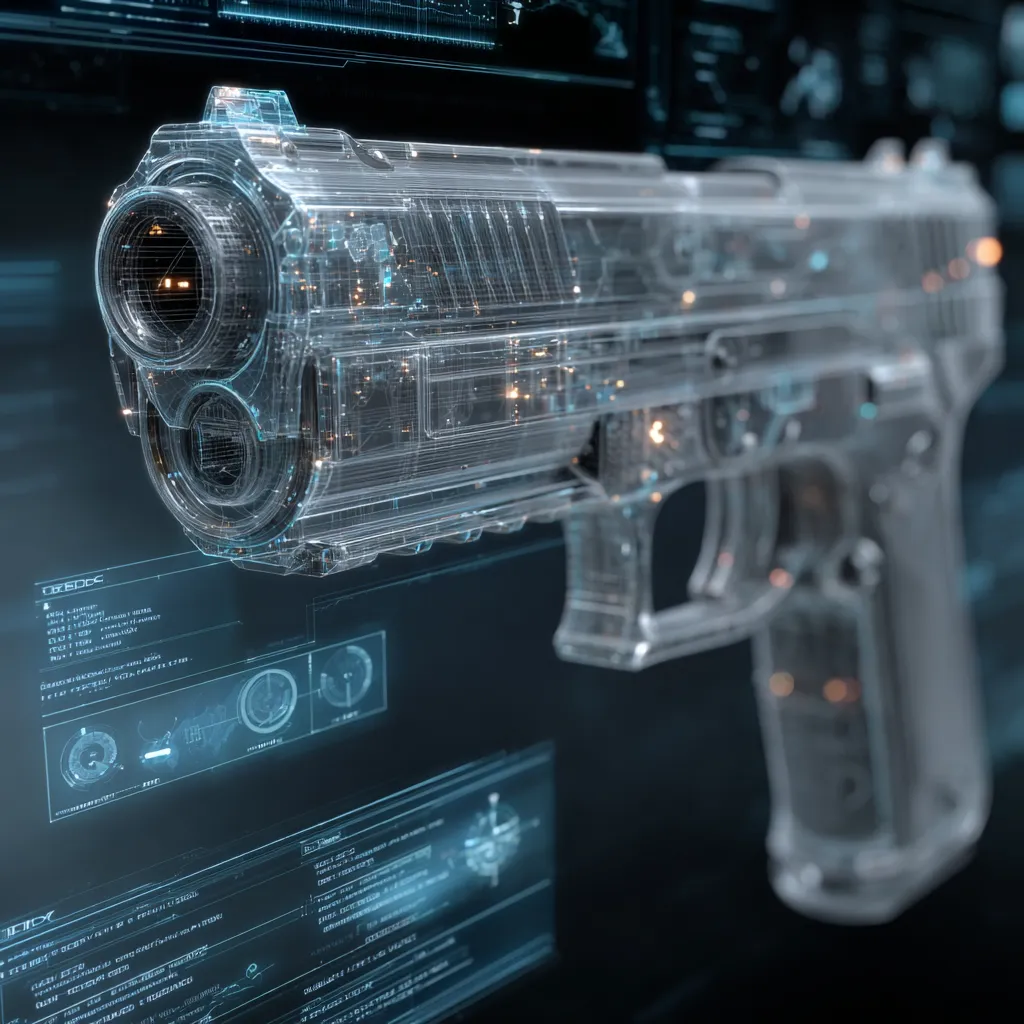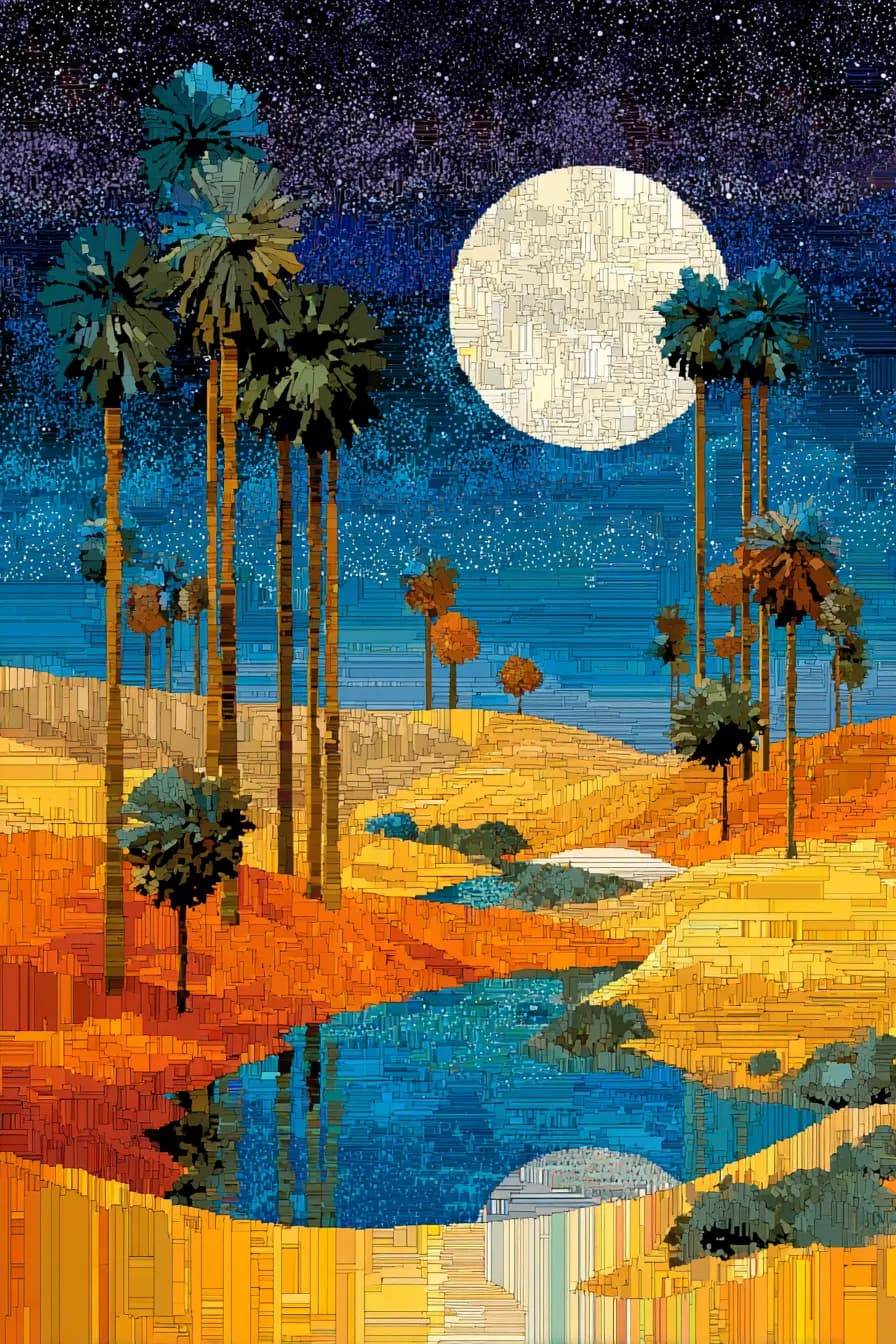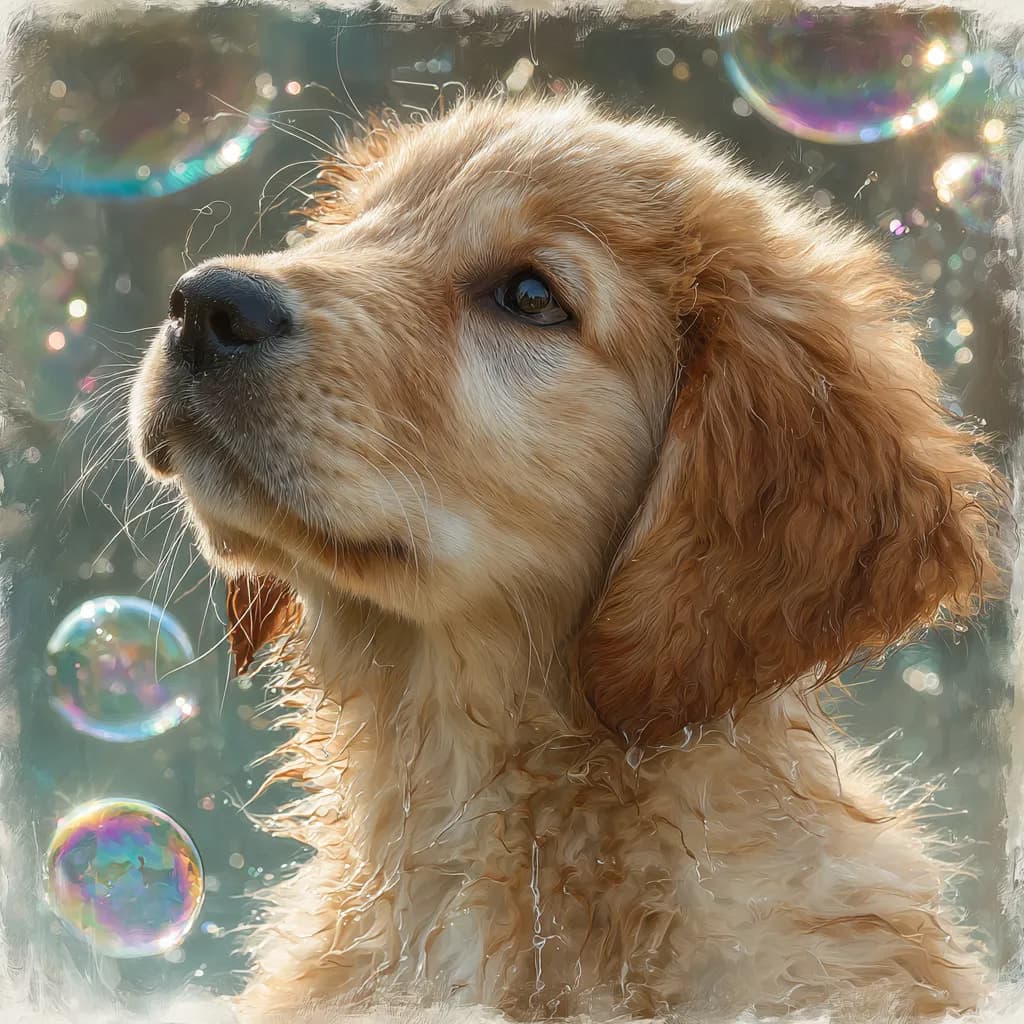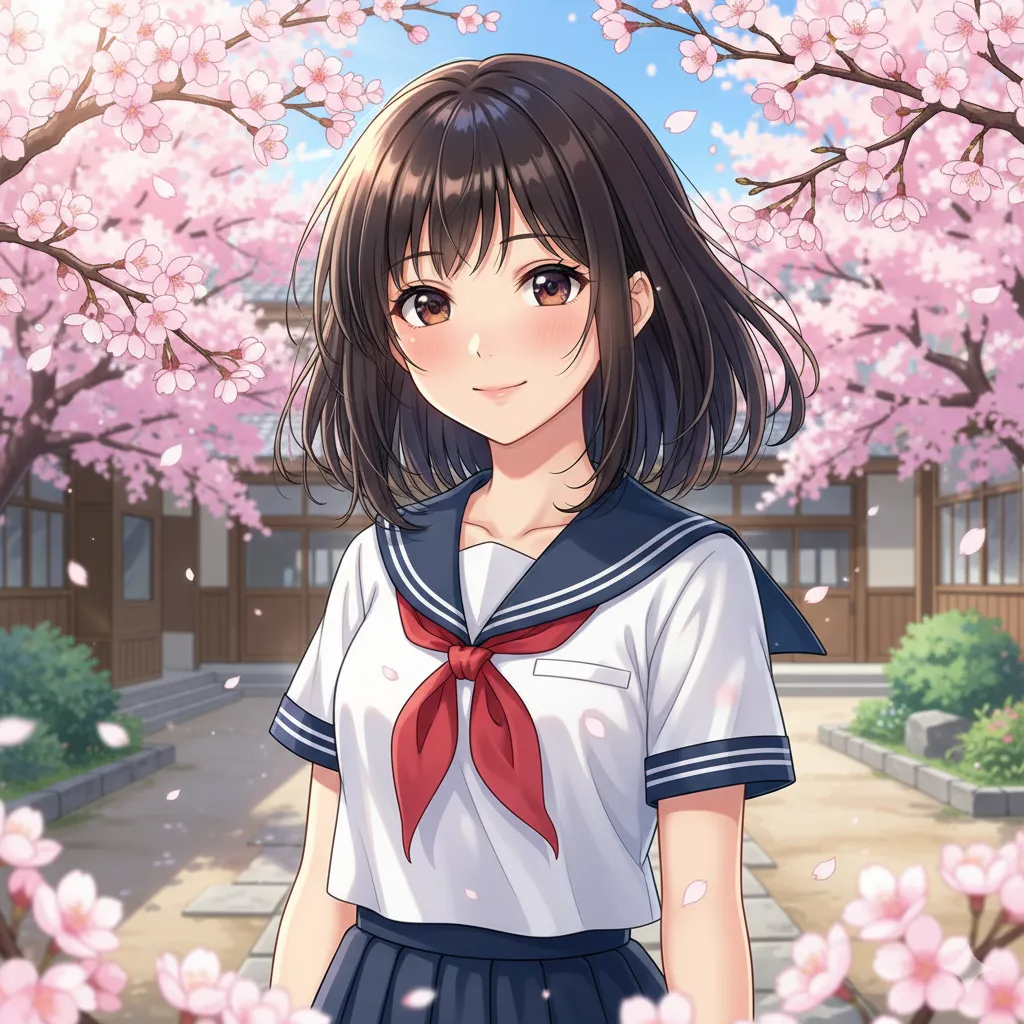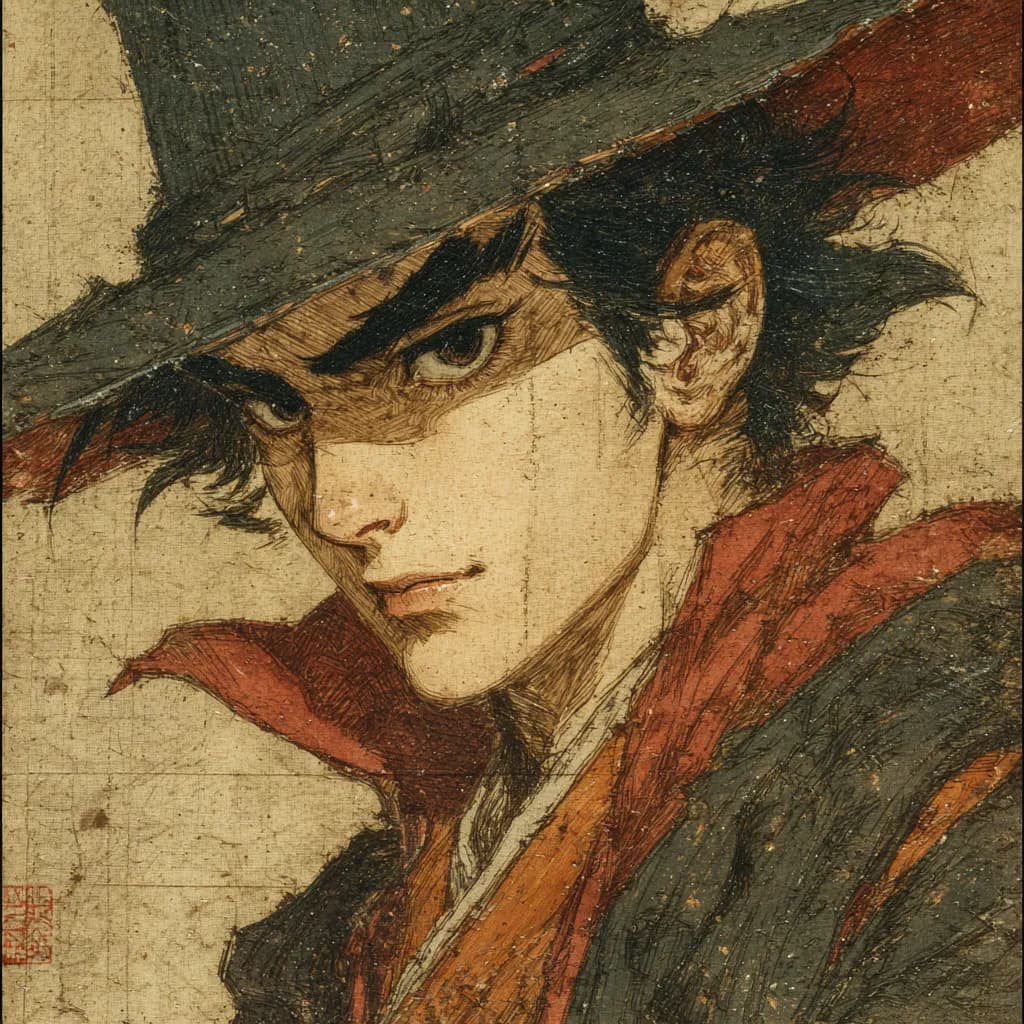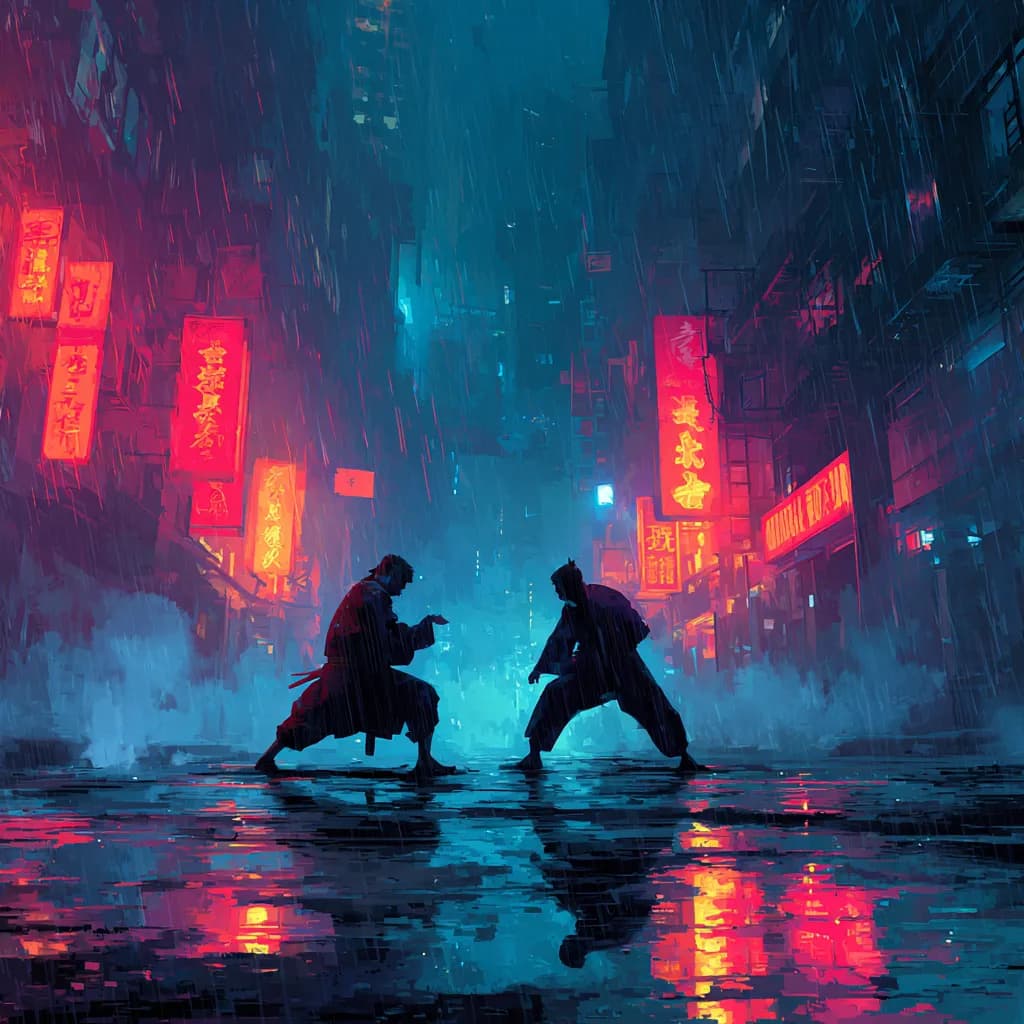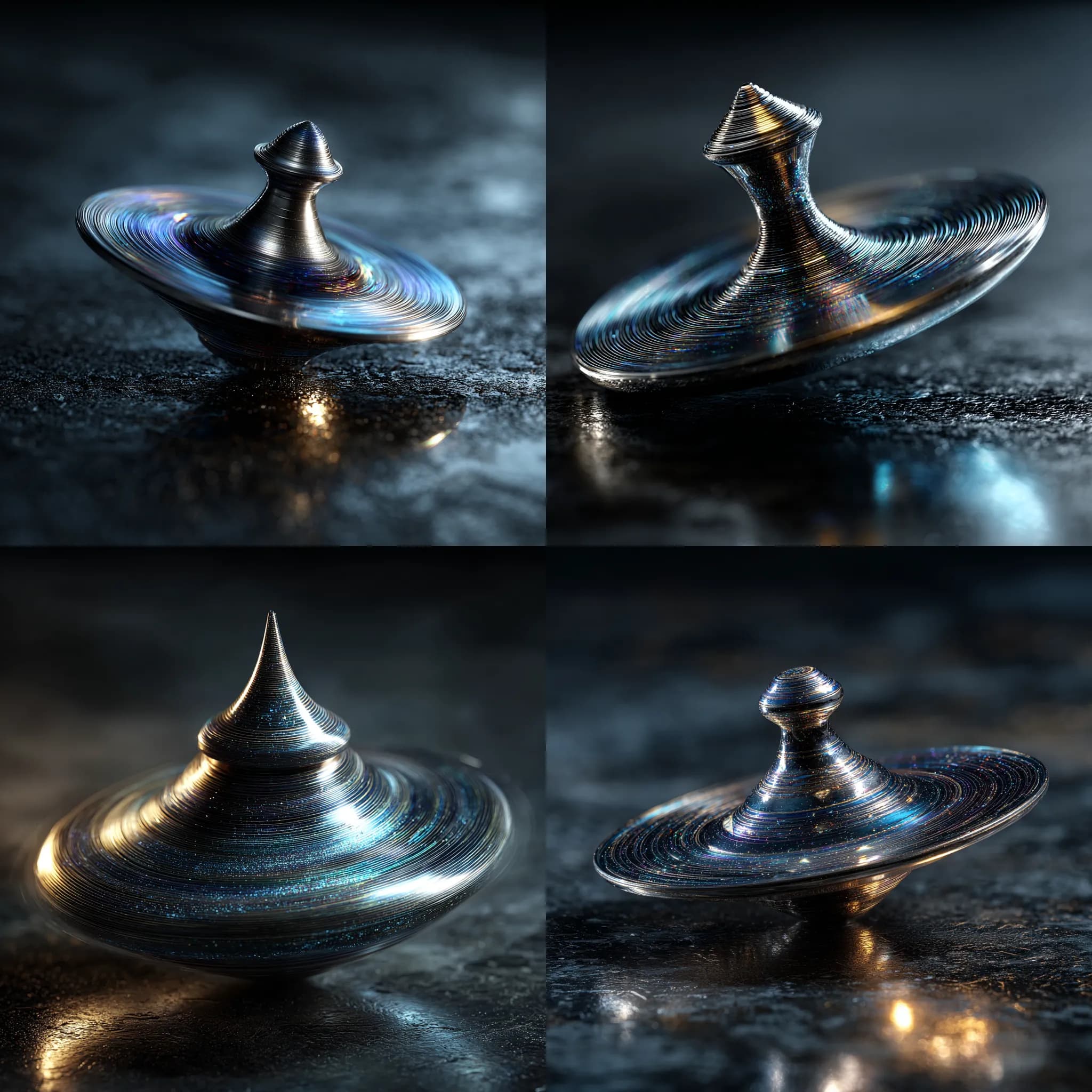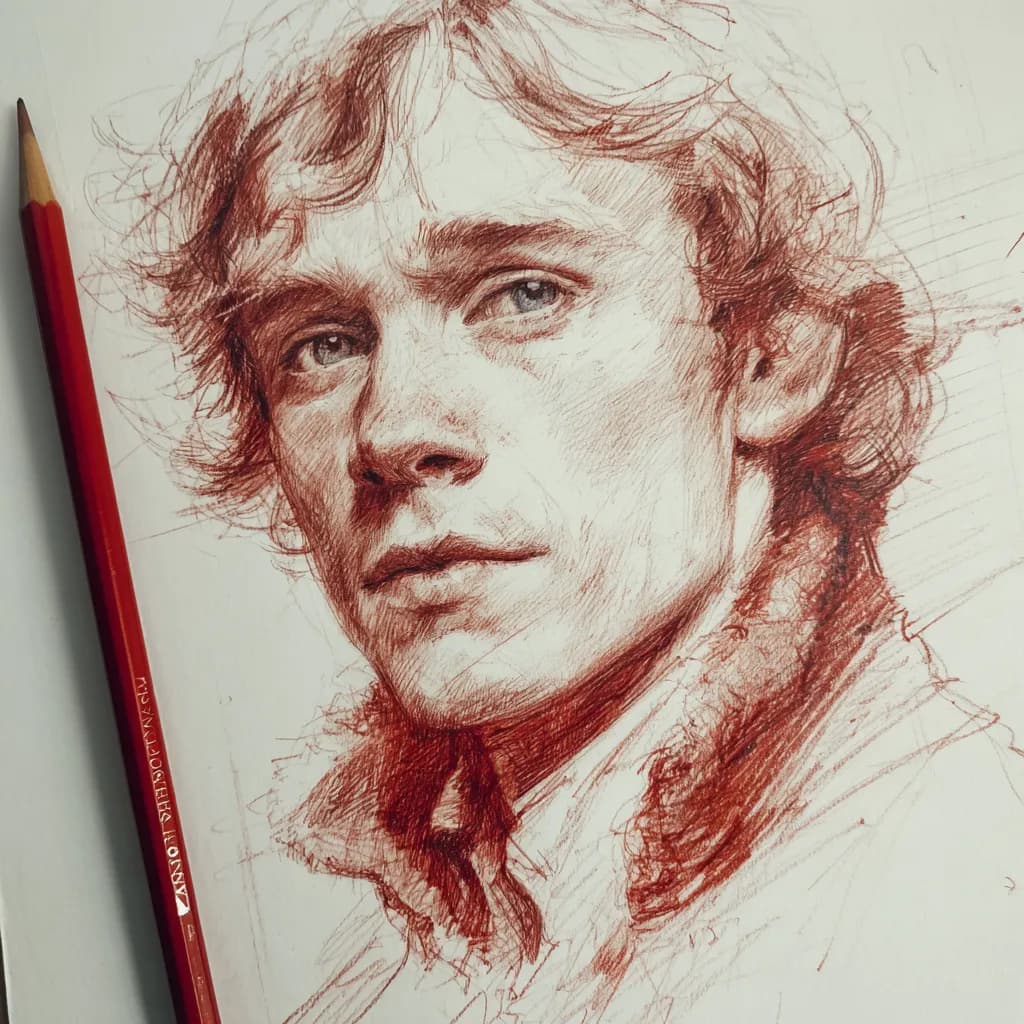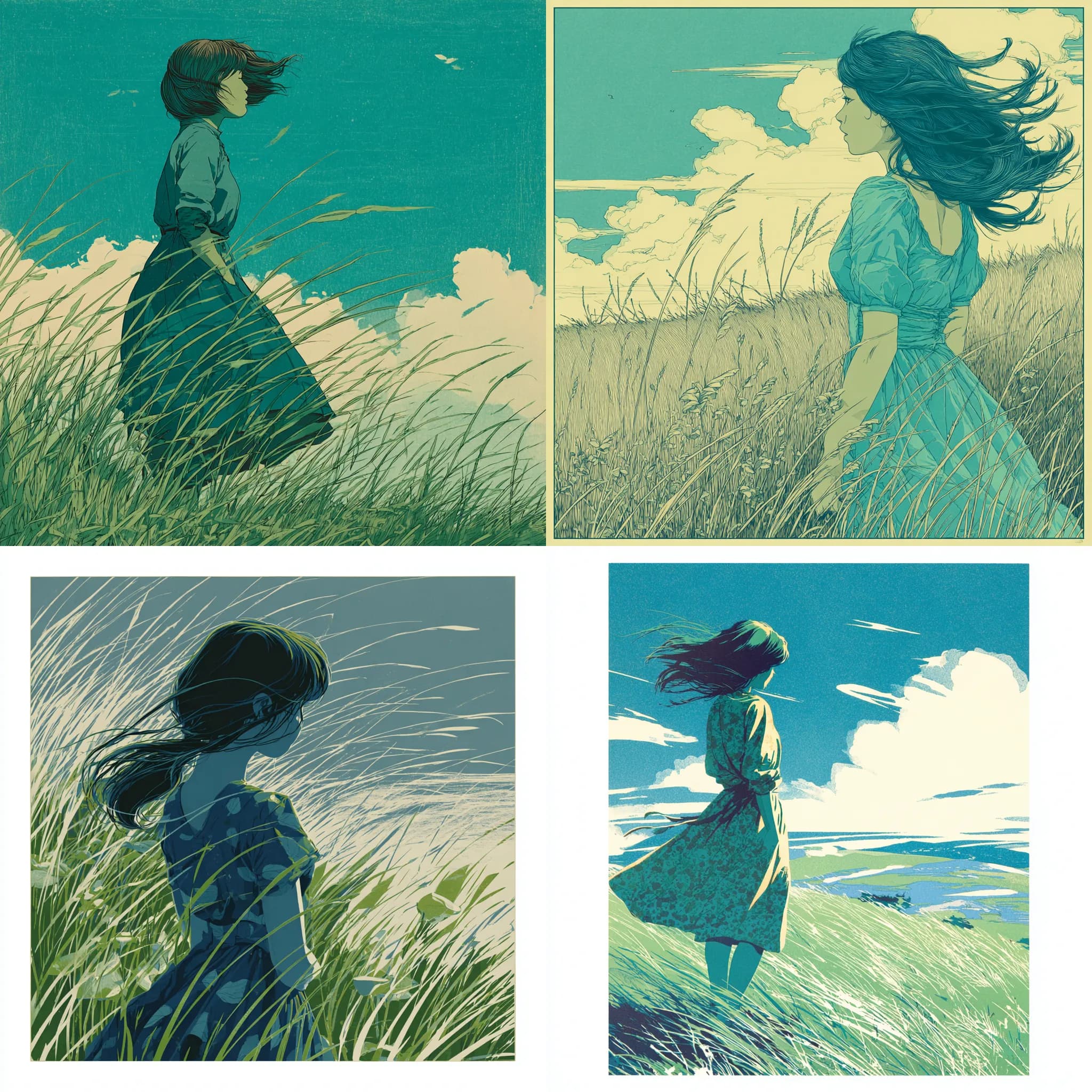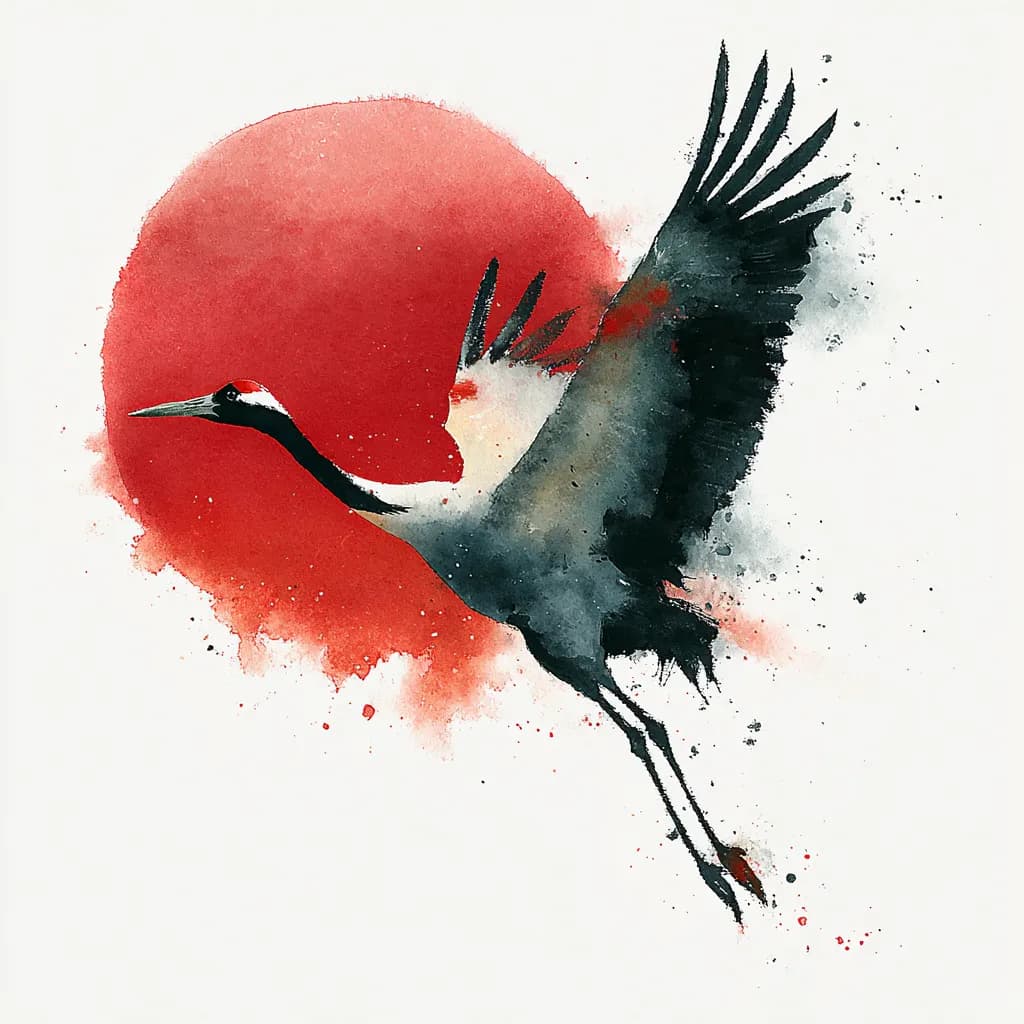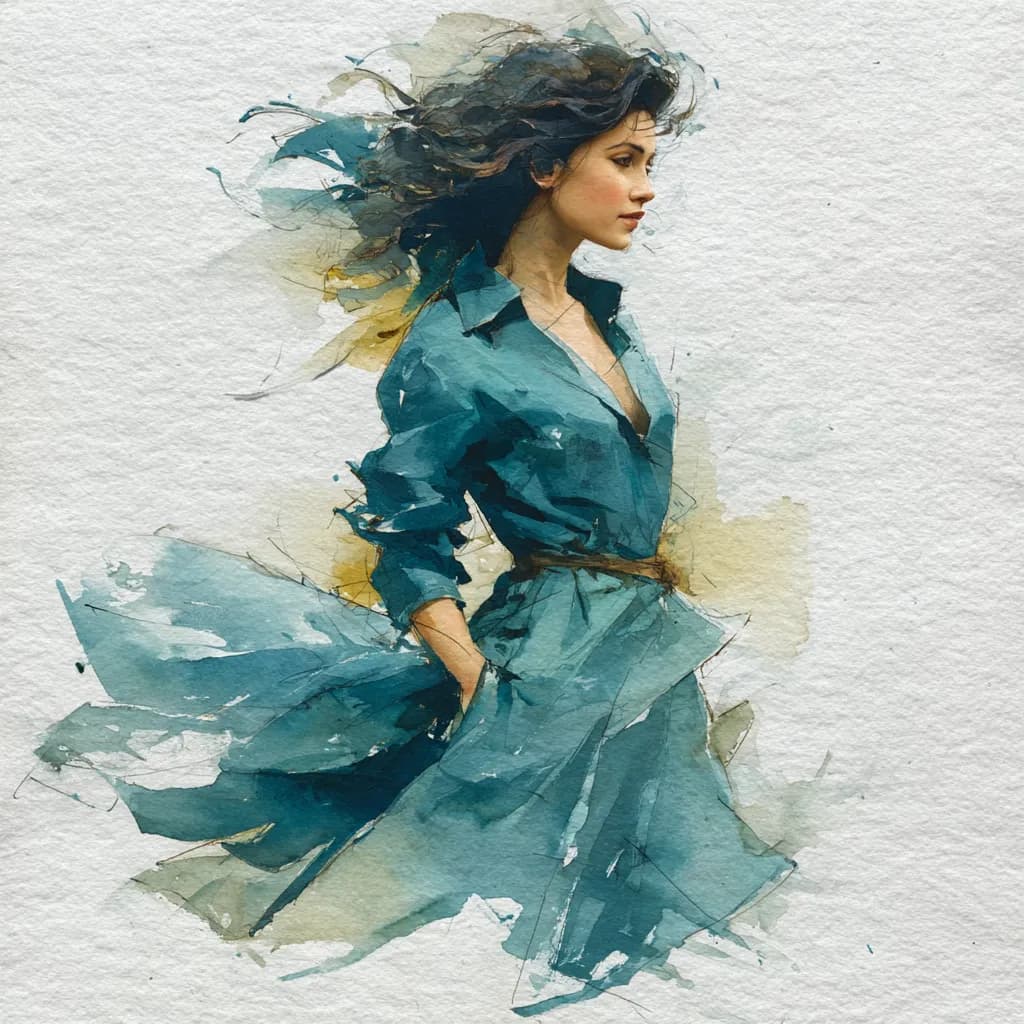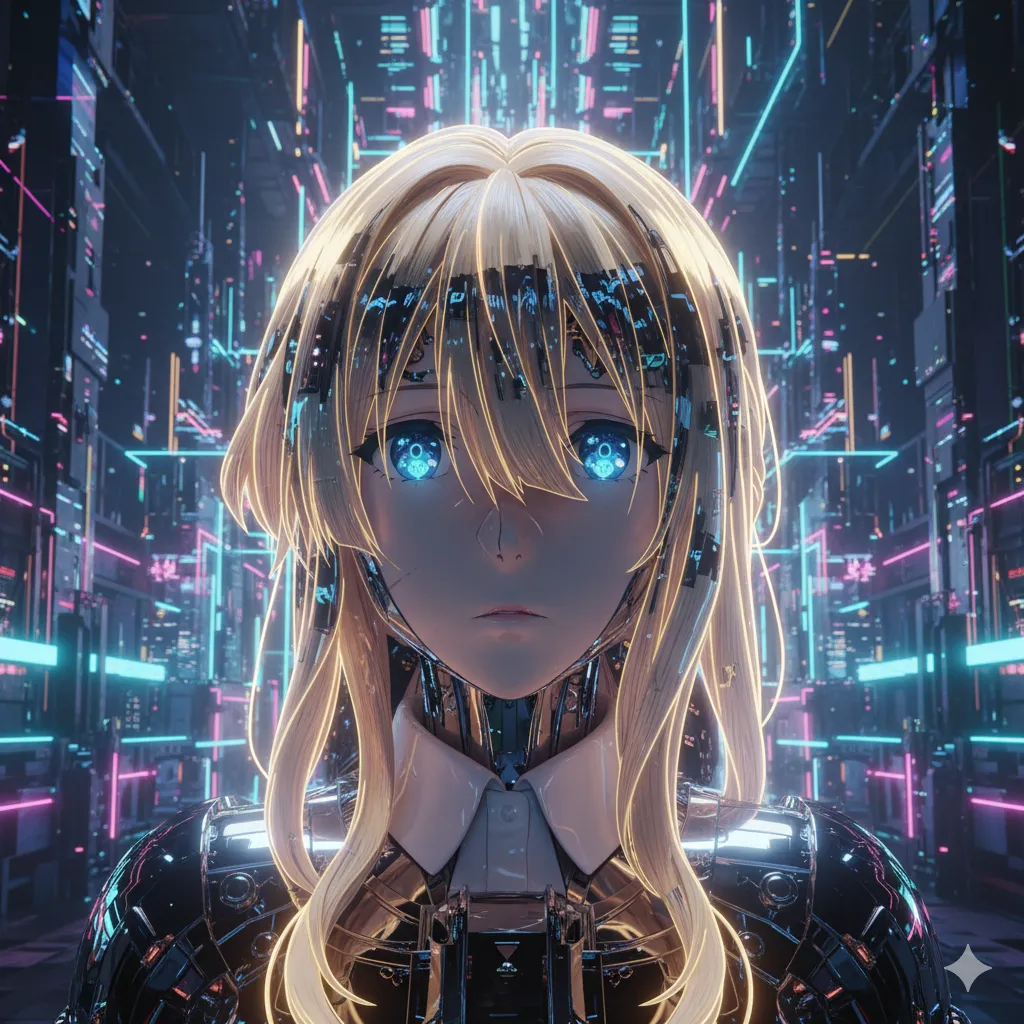Prompt for Stable Diffusion
Explore our curated collection of prompts for Stable Diffusion, the open-source AI image generation model. Access high-quality prompts designed for maximum customization and control over your AI-generated artwork.
What is Stable Diffusion?
Stable Diffusion is a revolutionary open-source AI image generation model that empowers users with unprecedented control over visual creation. Unlike proprietary platforms, Stable Diffusion can be run locally, customized extensively, and integrated into various workflows. This flexibility makes prompts for Stable Diffusion essential for professionals, developers, and artists who need precise control over their image generation process while maintaining creative freedom.
The prompt for Stable Diffusion collection on our platform provides expertly crafted prompts optimized for this powerful open-source model. Each prompt for Stable Diffusion is designed to work with the model's unique characteristics, including its response to detailed descriptions, negative prompts, and various sampling methods. Whether you're creating photorealistic images, artistic illustrations, or technical visualizations, our Stable Diffusion prompts help you achieve consistent, high-quality results across different implementations.
What distinguishes prompts for Stable Diffusion from other image generation platforms is the model's technical transparency and customizability. When you use a prompt for Stable Diffusion from our collection, you're accessing templates that account for sampling steps, guidance scales, and model variations. These prompts are tested across popular implementations like Automatic1111 and ComfyUI, ensuring reliable results regardless of your preferred interface or custom model.
How to Use Stable Diffusion Prompts?
Using our prompts for Stable Diffusion is straightforward across various interfaces and implementations. Start by selecting a prompt for Stable Diffusion from our collection that matches your creative goals. Each prompt includes detailed instructions on positive and negative prompts, recommended settings, and parameter adjustments designed specifically for Stable Diffusion's architecture and capabilities.
To get started with a Stable Diffusion prompt, open your preferred interface (Automatic1111, ComfyUI, or other implementations) and copy the prompt for Stable Diffusion from our collection. Paste it into the positive prompt field, then add the recommended negative prompt to avoid unwanted elements. Adjust parameters like sampling steps (typically 20-50), CFG scale (7-12 for most cases), and resolution according to the prompt guidance. Our prompts for Stable Diffusion include specific parameter recommendations optimized for quality and efficiency.
For optimal results with any prompt for Stable Diffusion, understand how to balance detail and clarity in your descriptions. Stable Diffusion responds well to structured prompts with clear subject descriptions, style keywords, and quality tags. You can enhance prompts for Stable Diffusion by using weighted keywords (emphasized terms), embedding negative prompts effectively, and adjusting sampling parameters. Our collection includes comprehensive guidance on fine-tuning each prompt for Stable Diffusion to match your specific model version and desired output quality.
Best Stable Diffusion Prompt Examples
Our collection features comprehensive prompts for Stable Diffusion spanning photorealistic, artistic, and technical applications. Photorealistic prompts help you create convincing photographs, portraits, and scenes with proper lighting and composition. These prompts for Stable Diffusion are particularly effective for professionals who need realistic imagery for commercial projects, concept validation, or visual prototyping without expensive photography sessions.
Artistic and stylized prompts for Stable Diffusion enable you to explore diverse visual styles, from anime and manga to oil paintings and digital art. These Stable Diffusion prompts excel at capturing specific artistic movements, techniques, and aesthetics. Artists and designers find these prompts for Stable Diffusion invaluable for creating unique visual content, exploring style variations, and producing portfolio-quality artwork with fine-tuned control over every aspect of the composition.
Technical and specialized prompts for Stable Diffusion allow you to generate specific types of imagery like architectural renders, product designs, or scientific visualizations. Whether you need technical diagrams, isometric illustrations, or detailed product mockups, our prompt for Stable Diffusion collection includes specialized templates for professional applications. These prompts incorporate technical terminology, precise compositional guidance, and quality tags that ensure Stable Diffusion produces outputs suitable for professional use.
Tips for Better Stable Diffusion Results
To maximize effectiveness when using any prompt for Stable Diffusion, master the balance between positive and negative prompts. Stable Diffusion's negative prompt feature is powerful for avoiding unwanted elements and improving quality. When crafting prompts for Stable Diffusion, be specific about what you want in the positive prompt while comprehensively listing unwanted elements in the negative prompt. Include common quality tags like "masterpiece," "best quality," and "highly detailed" while excluding terms like "blurry," "low quality," and "distorted."
Experiment with sampling methods and parameters when using prompts for Stable Diffusion. Different samplers (Euler, DPM++, DDIM) can significantly affect output style and quality. Try adjusting sampling steps based on complexity - simpler images may need only 20-30 steps, while detailed scenes benefit from 40-50 steps. For any prompt for Stable Diffusion, test different CFG scale values to find the sweet spot between prompt adherence and creative interpretation, typically between 7 and 12.
Leverage Stable Diffusion's open-source ecosystem by exploring custom models and embeddings. Many community-trained models excel at specific styles or subjects. When using prompts for Stable Diffusion, consider whether a specialized model might better serve your needs. LoRA models, embeddings, and custom checkpoints can dramatically enhance results for particular applications. Our prompts for Stable Diffusion are designed to work with base models but can be adapted for custom implementations.
Finally, embrace iterative refinement when working with prompts for Stable Diffusion. Use img2img mode to refine promising generations, adjust prompts based on initial outputs, and experiment with seed values for variations. The platform's technical transparency means you can systematically improve results by analyzing what works. Document successful parameter combinations and build your personal library of optimized prompts for Stable Diffusion based on our foundation, creating a powerful workflow for consistent, high-quality image generation.


